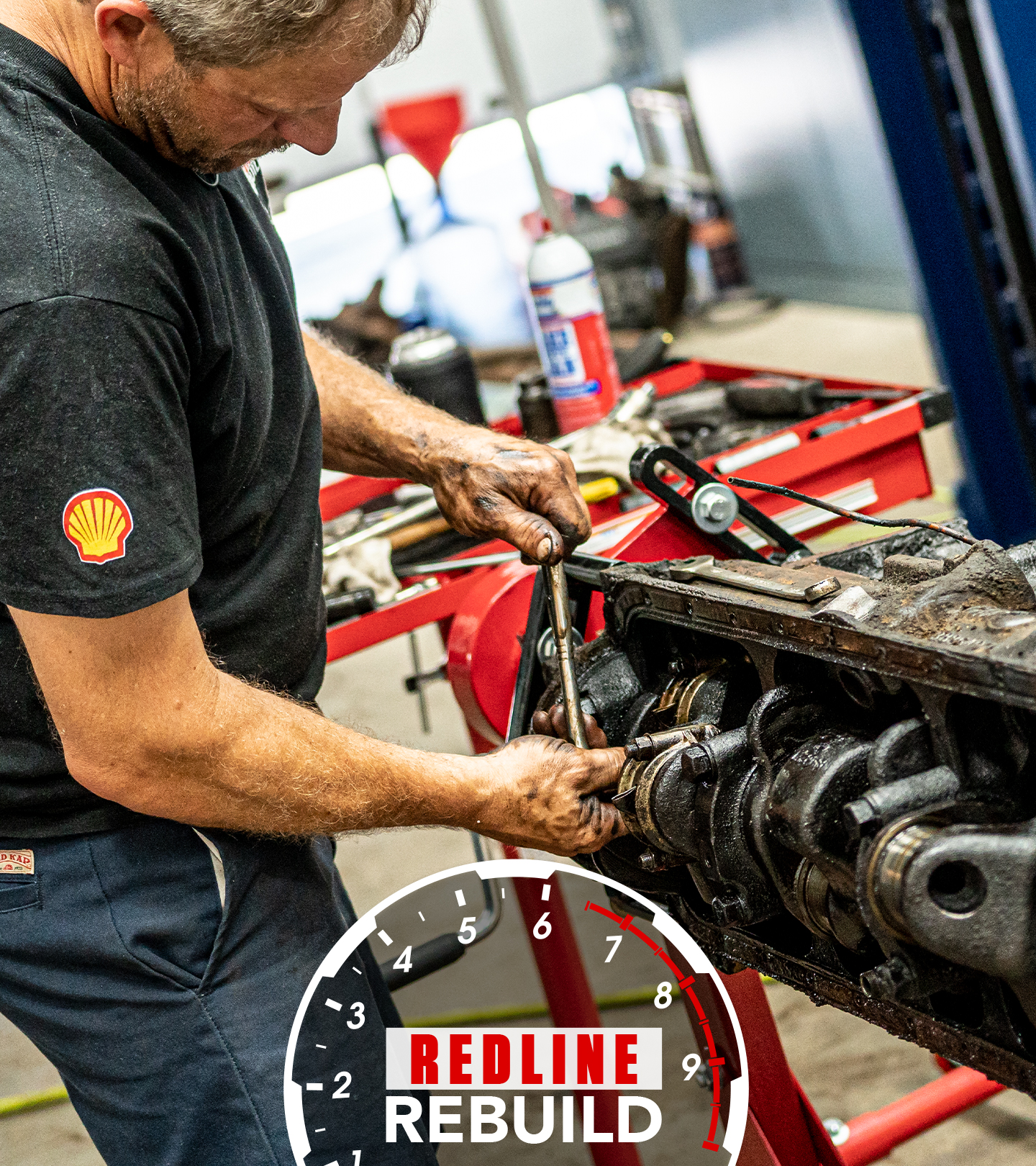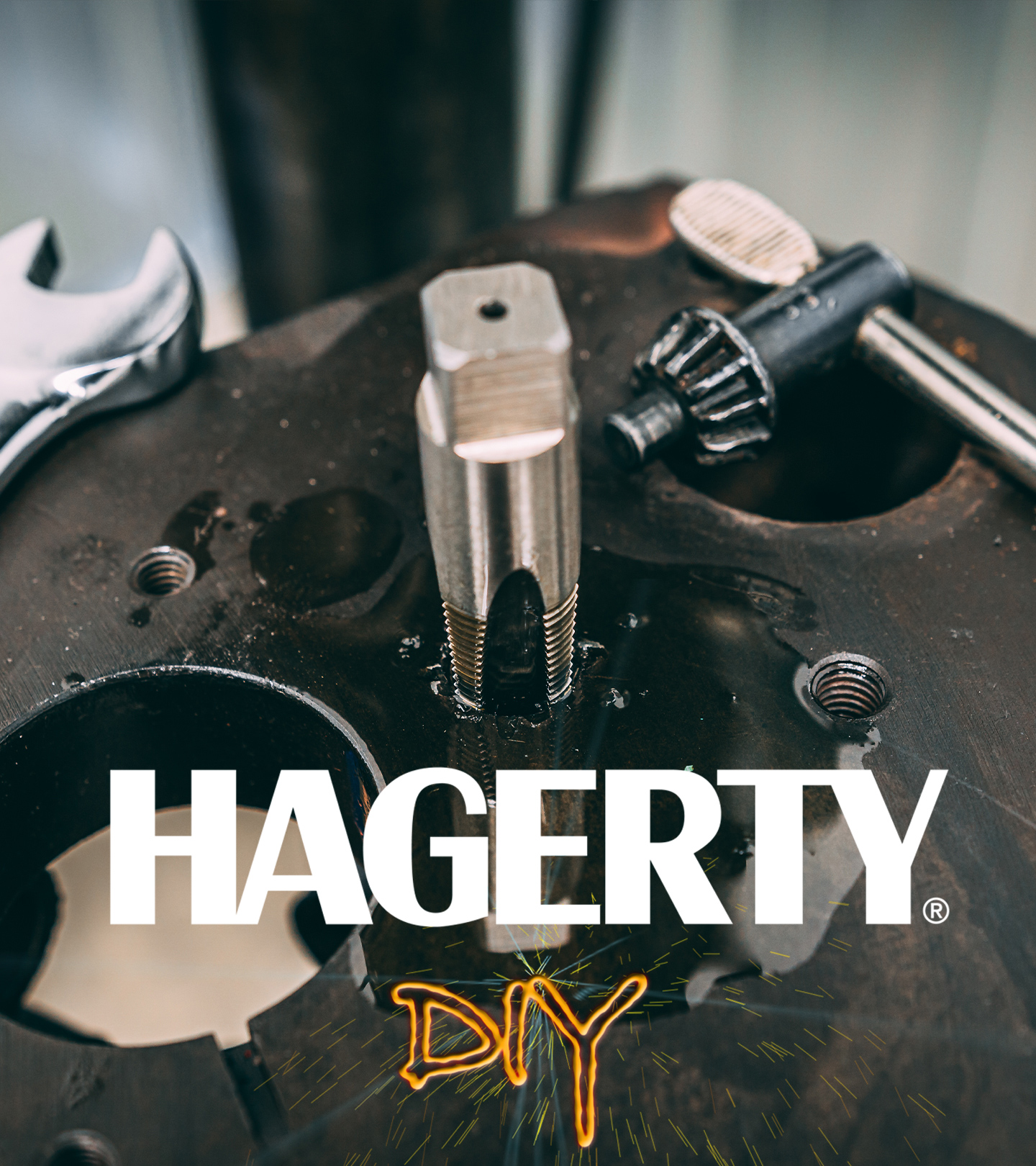Juan Ramirez’s car obsession kept him out of trouble and led to his ’63 Impala - Hagerty Media
As a kid growing up on the west side of Albuquerque, New Mexico, in the 1980s and ’90s, Juan Ramirez could have easily gone down a destructive path. The gangs were dangerous, crime was rampant, and poverty held sway. Ramirez, however, lucked out in two important ways: He grew up in a two-parent household, and he developed a passion for cars at an early age. This automotive obsession may have frustrated Ramirez’s father in those days, but it likely saved the young man from the darker temptations of his surroundings.
“My dad hated our cars when we were growing up,” recalls Ramirez, who still calls Albuquerque home. “He was like, ‘All you do is spend money on cars.’ What he didn’t realize was that spending all our time and money on cars kept us out of the gangs, away from the drugs. It kept us at home or with other guys who were only into working on their cars.”
If it hadn’t been for the cars, Ramirez knows, he would have had a very different life.
Among the cars that captured the young Ramirez’s imagination was a neighbor’s black 1963 Chevrolet Impala convertible. He loved the long, low lines of that car, its sleek silhouette—the sheer presence of the machine. Appearances, however, can be deceiving, and his neighbor’s car had a tendency to break down at the nearby stoplight every time he drove past Ramirez’s house. Ramirez soon came to look forward to running out and helping the young driver get his car running again. Anything for a moment with that car. The seed had taken root.
By 2001, Ramirez was in the Air Force and stationed at Incirlik Air Base in Turkey, still with 1963 Impalas on his mind. A late-night internet session led to a listing for one such car, offered for sale by a retired Air Force Master Sergeant in Florida. In pictures and via subsequent inquiries, the car seemed to check all the boxes. Ramirez wired the money and the car was waiting for him to return to the United States.
20190814134700)
20190814134716)
20190814134723)
What Ramirez found when he returned will sound familiar to anyone who has ever bought a car sight-unseen online. The seller’s claims of it being “rust free” were, shall we say, exaggerated. Fake Super Sport badging adorned the body. The interior was an assortment of authentic parts, pieces from various salvage yard GMs, and whatever homemade pieces someone had seen fit to make over the years. When Ramirez pulled up the carpet, he found an entire stop sign welded into the floor of the Impala.
“After we took all the rust out that we could, I had half a car,” Ramirez says. “Talk about an overwhelming feeling. I just thought, ‘Holy smokes, what did I get into?’ It was pretty bad at the time.”
This is all hard to believe when looking at Ramirez’s Impala today. The car is immaculate, a testament to countless hours of work, Ramirez’s creativity in finding parts, and a family that strengthened its bond as they built the car together.
As he forged ahead with the car’s restoration, Ramirez elected to eschew the flashy design choices that often characterize the lowrider community. The car had a 307-cubic-inch engine when Ramirez bought it, and while he has swapped that out in favor of a 327, he nevertheless opted to keep the engine bay as original in appearance as possible. His goal: a clean, period-correct look distinguished by subtle touches that few other Impalas of the era feature, such as air conditioning and cruise control that both function as intended.
20190814134749)
The car’s interior is similarly subdued, as is the exterior paint and body. Ramirez wanted a color that set the car apart from other Impalas of the day while still appearing as though it could have been a stock color of the time. He had spent more than a year searching, in vain, for such a color until one day while driving through Albuquerque he spotted a woman driving a brown sedan. He caught up with her at a stoplight.
“She thought I was out to get her,” Ramirez recalls with a laugh, “but all I wanted to know was what year her car was.”
As it turned out, the car was a 2015 Volkswagen Jetta and the color is Toffee Brown Metallic.
And then there’s the car’s stance. This is a lowrider, after all. Ramirez installed airbags and two compressors with a 2.5-gallon tank.
“It’s nothing special, nothing that I’m going to be able to hop,” Ramirez says, “but it’s just enough to lay and play.”
20190814134731)
20190814134741)
20190814134636)
20190814134643)
Perhaps the car’s most important feature, however, is the “Ramirez” plaque that sits above the rear seat and which is most visible when Ramirez cruises through Albuquerque on a warm spring evening with the convertible top down. The plaque speaks to the sense of tradition of the entire lowrider community but which is especially strong in this particular Impala. It is a testament to the time invested in the car by Ramirez, his brother, his wife, and his kids.
Indeed, when Ramirez is asked about the most rewarding aspect of building and owning this car, he points not to the awards it has won, the thumbs-up he gets from bystanders as he cruises past, nor the magazines in which it has appeared. Those are all fun, he concedes, but they pale in comparison to what really matters.
“My little boy is into this car,” Ramirez says. “He understands what it’s about.”
20190814134954)










